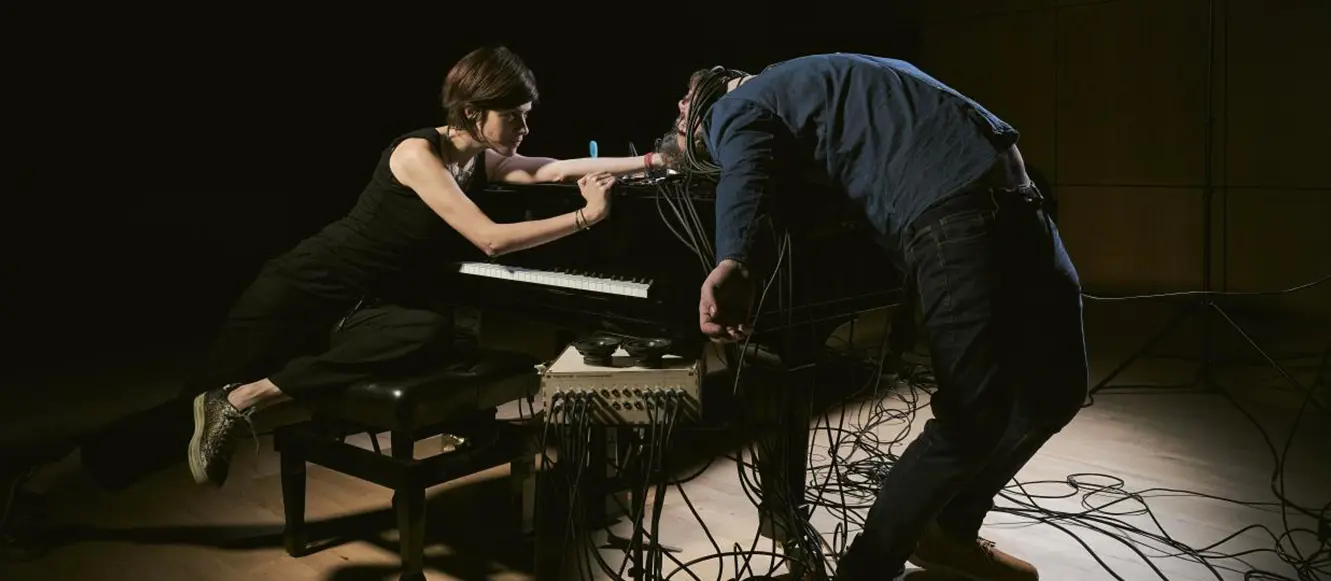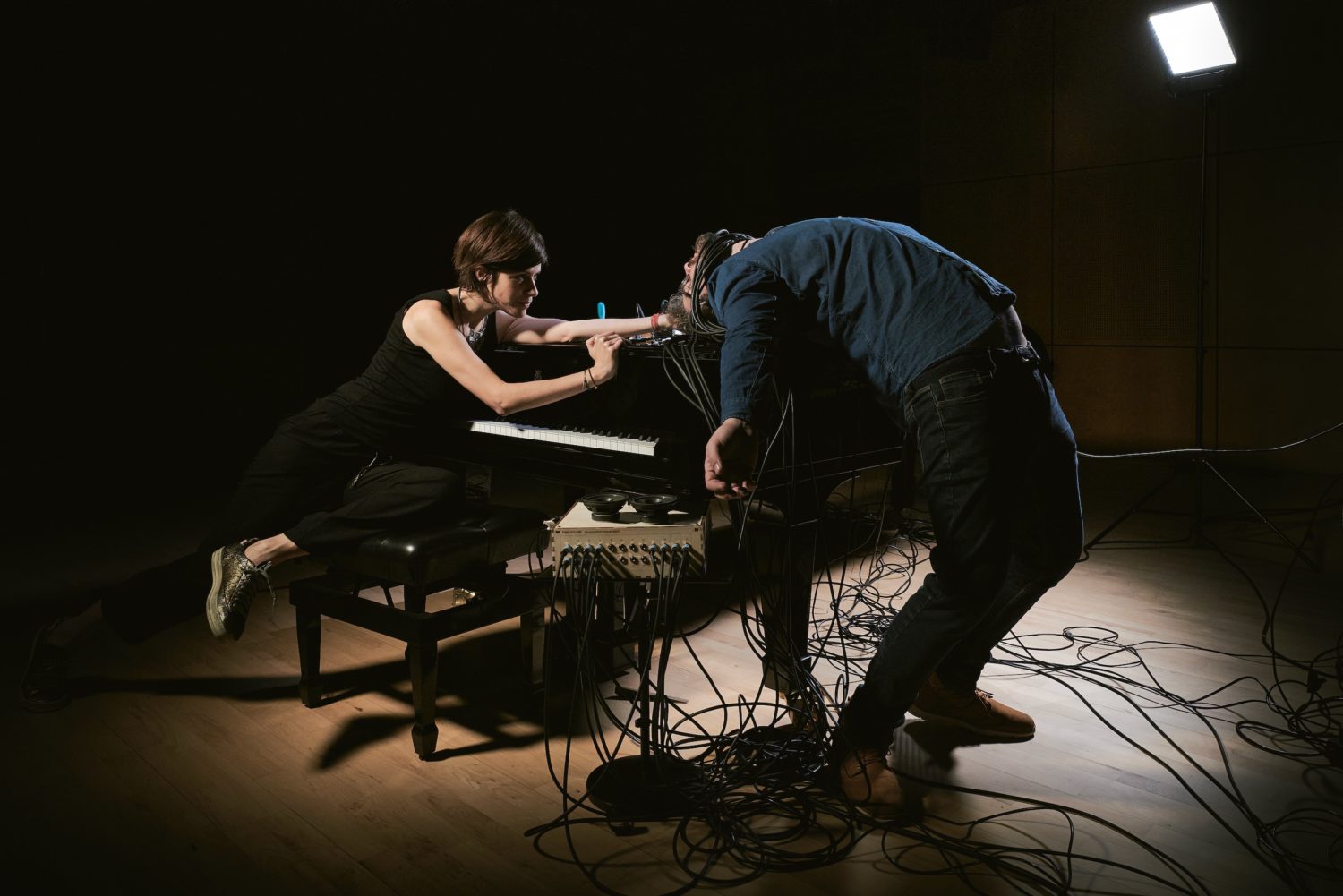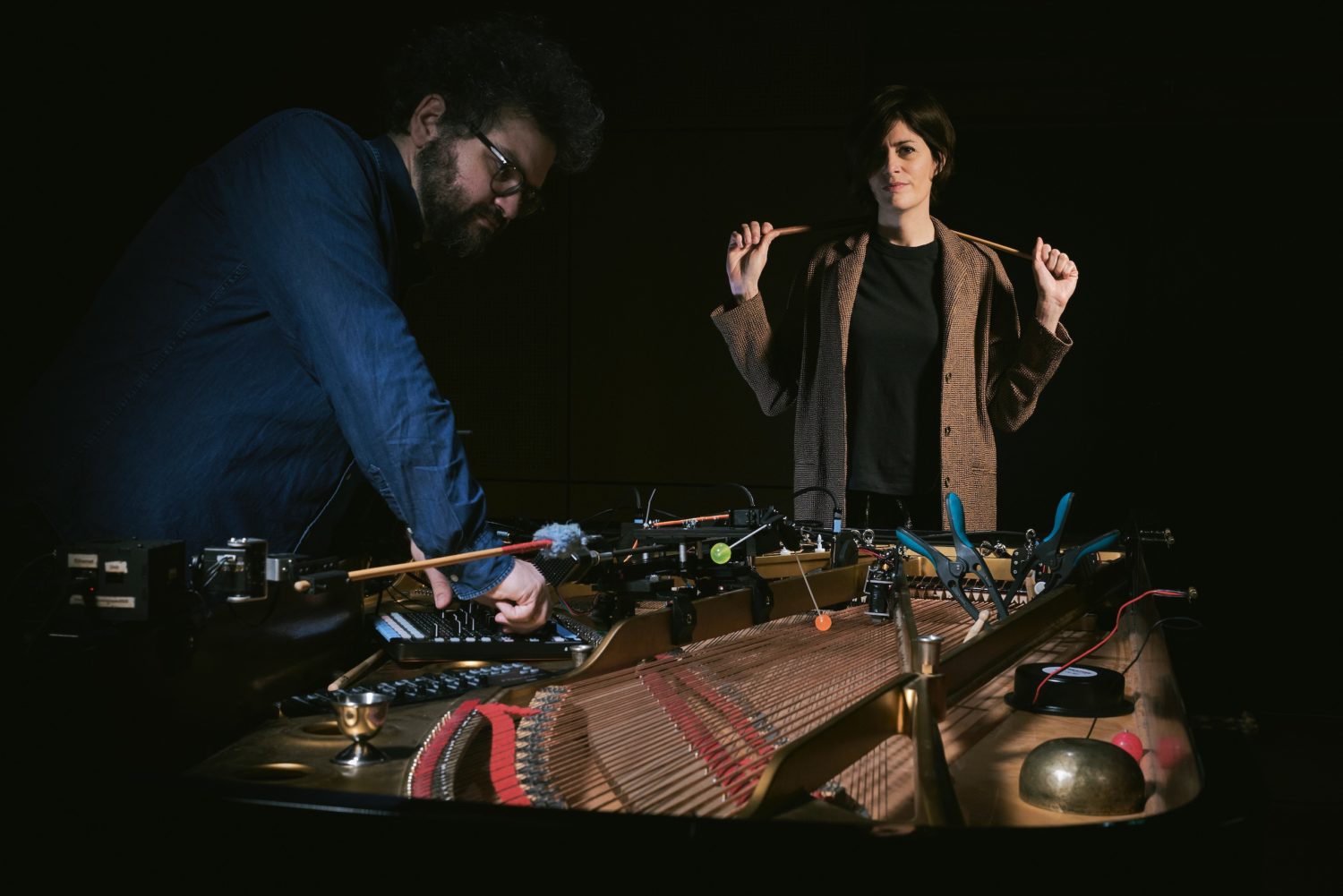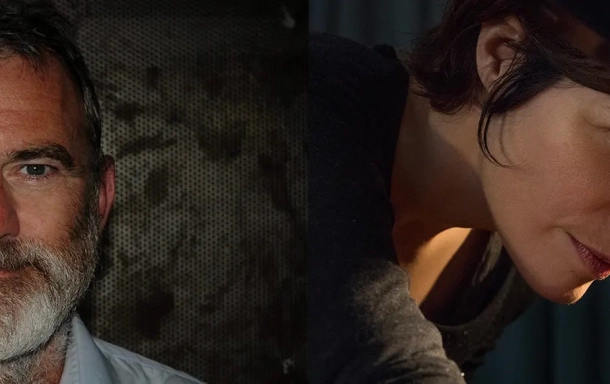In the first half of the 20th century, the composers Henry Cowell and John Cage considerably extended the range of possibilities of the piano. The first introduced himself inside the instrument to directly manipulate the strings. The second, guided by the hazards of matter and movement, inserted various objects between them, transforming the instrument into a kind of percussion orchestra.
This duo is part of this filiation, between sound engineering and artistic exploration. In complicity with Vivien Trelcat, Claudine Simon goes in search of the secrets hidden by her instrument by dressing it with appendages, feeling it with electromechanical devices or with incongruous objects.
Much more than a high-tech performance, this duo of improvisers wants to establish a dialogue with the instrument, its lutherie, which allows to reveal the poetic relationship between the organic and mechanical bodies.
This collaboration is based on the hybridization of the piano using an electromechanical device that transforms the traditional instrument and disturbs its use. The modelling of the instrument's sound capacities opens a new playing space. A work on the timbre by digital processing allows to revisit the know-how, the knowledge to hear. A new grammar of sound and gesture takes shape.
This device was created in 2020-21 by the Sonopopée collective thanks to a commission from the GMEM, made to Claudine Simon. It gave rise to Pianomachine, a show of sound creation with texts, choreography and scenography.
The prepared piano
The addition of objects (magnets, vibrators, sound bodies...) and materials (adhesive paste, rock, glass...) mainly intended for the strings, affects the timbres of the instrument. In addition, the piano can be directly resonated with percussion sticks and other more unusual exciters.
The electromechanical device
Piloted by the electronic luthier via a setup of controllers and software, this set of robots with various profiles (servomotor, solenoids, electromagnets) acts on the strings and the structure of the piano. It puts into action sticks, balls and other percussion instruments, or acts on the strings by magnetic beats (without contact).
Electroacoustic processing and computer lutherie (MaxMsp, GigPerformer)
From microphones that capture and pick up the timbres of the instrument, the sound is diffused, transformed and spatialized by a multiphonic system of loudspeakers. This hybridization increases tenfold the possibilities of creation in terms of timbres and interactions.
Executive productions
GMEM - Centre national de création musicale
Support
Saint-Ex - Culture Numérique (Reims), Césaré - CNCM (Reims)

Claudine Simon is developing a sound creation work that focuses on experimenting with the instrument and the capabilities of the piano. She conceives performances that allow her to question her relationship to the instrument by deconstructing the representations associated with it.
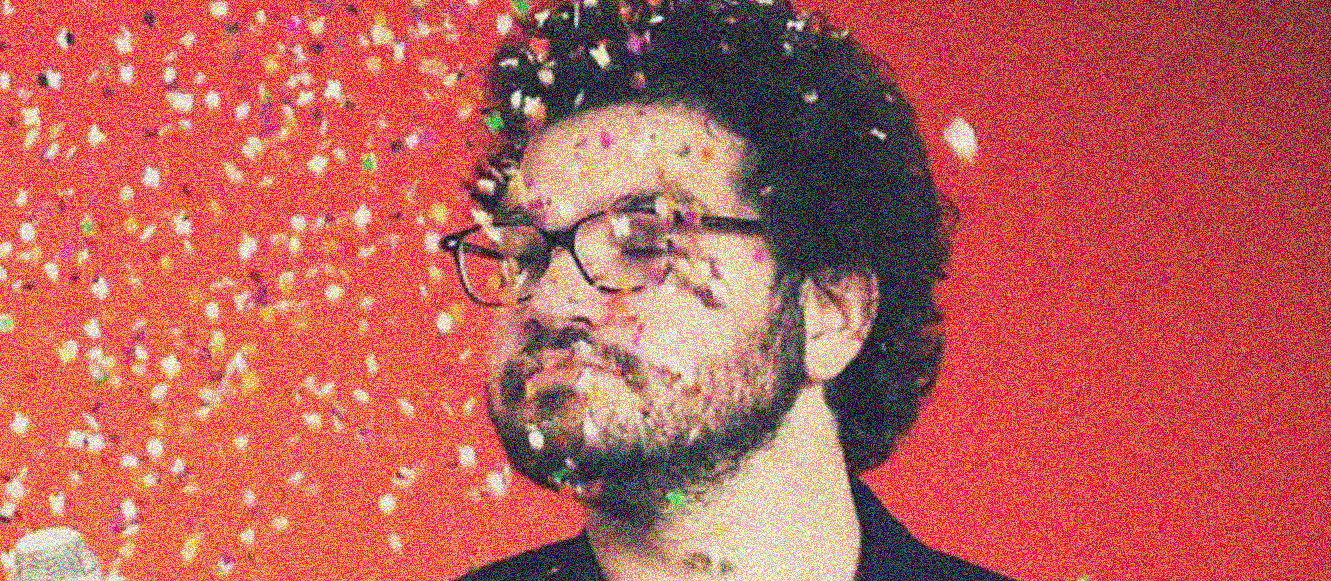
Vivien Trelcat is a composer and performer. In an immediate relationship with the musical machines of the 80s and 90s and guitars, he devoted his childhood to the empirical exploration of electric and electronic sounds. He studied music and electroacoustic composition at the UFR of Musicology of Reims with Jean Luc Hervé and Jean Marc Chouvel, then at the workshop of creation of Césaré with Christian Sebille before finishing his training at the IRCAM.
Claudine Simon
prepared and hybrid piano
Vivien Trelcat
computer lutherie
Students of INSA Lyon
design of prototypes
Collectif Sonopopée
development and machine design
EN 2023
March 3 - Workshops and concert at the music school of Beynes (78)
EN 2022
November 26 - Conference concert at Ars Musica festival, Brussels (BE)
October 18-21 - Salon Expérimenta, Biennale Arts Sciences, Hexagone, Meylan (38)
March 23 - Ircam, Forum workshops, Paris (75)
January 28-30 - Le Mans Sonore, Biennale du Son, Masterclass and 4 concerts, Le Mans (72)
EN 2021
26 novembre - Festival Piano is not dead, Le Tétris - Duo Simon-Trelcat, Le Havre (76)
